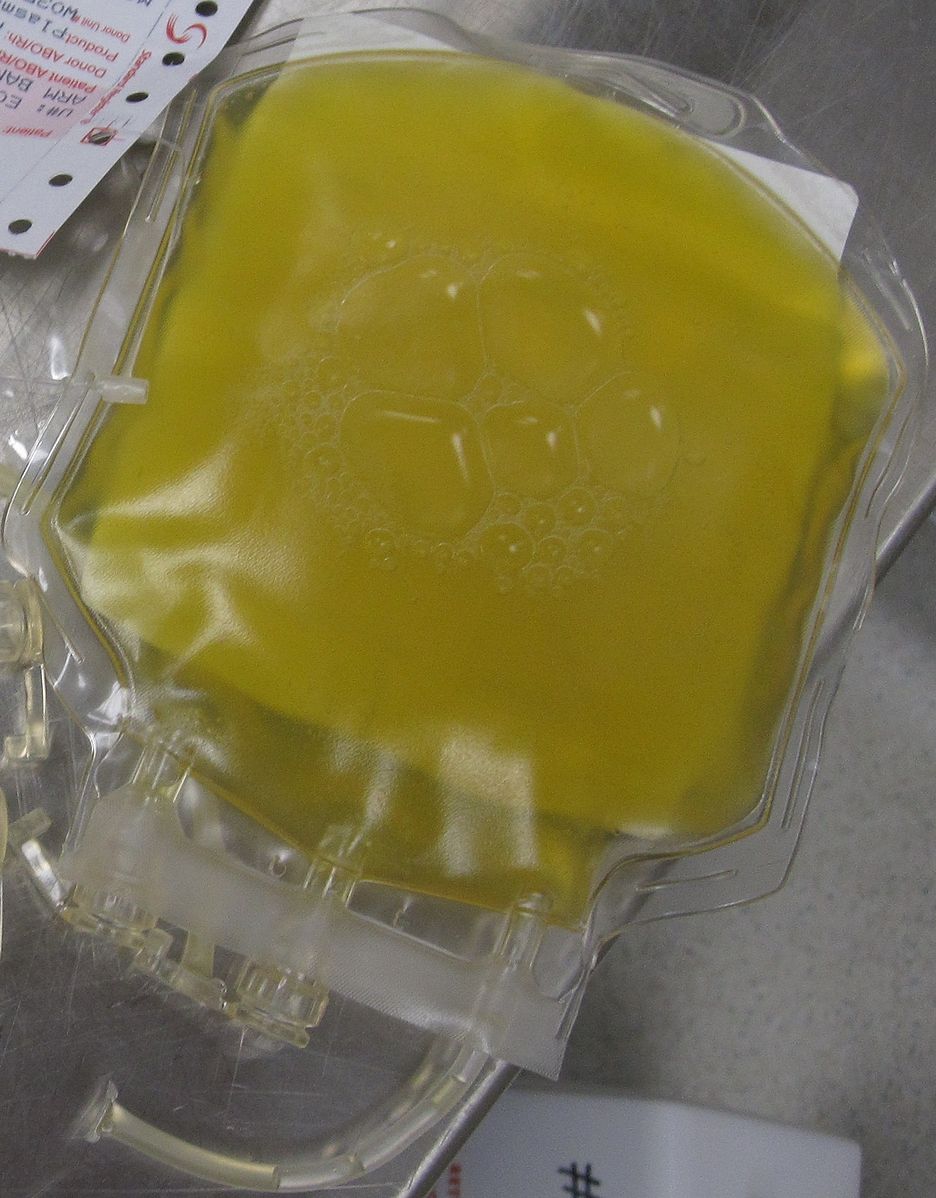Journal Club Summary
Methodology: 3.5/5
Usefulness: 3.5/5
Moore HB, et al. Lancet. 2018 Jul 28;392(10144):283-291.
Editorial: No gains with plasma-first resuscitation in urban settings?
Question and Methods: Use of prehospital plasma in patients with hemorrhagic shock before arrival at an urban level 1 trauma center.
Findings: 28-day mortality was 15% in the plasma group vs. 10% in the control group, p=0.37
Limitations: In the prehospital setting, it is difficult to identify patients in need of a blood transfusion and the findings of this study cannot be generalized to non-urban settings with longer transport times.
Interpretation: During rapid ground rescue to an urban level 1 trauma centre, use of prehospital plasma was not associated with survival benefit (in fact was 50% worse).
By: Dr. Ayesha Zia
Epi Lesson: Modified Intention-to-treat (M-ITT) Analyses
Intention-to-treat (ITT) analyses are widely recommended as the preferred approach to the analysis of most clinical trials. The basic intention-to-treat principle is that participants in trials should be analysed in the groups to which they were randomized, regardless of whether they received or adhered to the allocated intervention, crossed over to other treatments, or were withdrawn from the study. Post-randomization exclusions may be acceptable when patients are inappropriately randomized into a clinical trial or when pre-randomization information on patients’ eligibility status is not available at the time of randomization. Such an approach is known as “modified intention-to-treat” analysis and must be pre-specified in the protocol. M-ITT is most likely to be seen in RCTs of critical situations, e.g. cardiac arrest.
By: Dr. Ian Stiell


